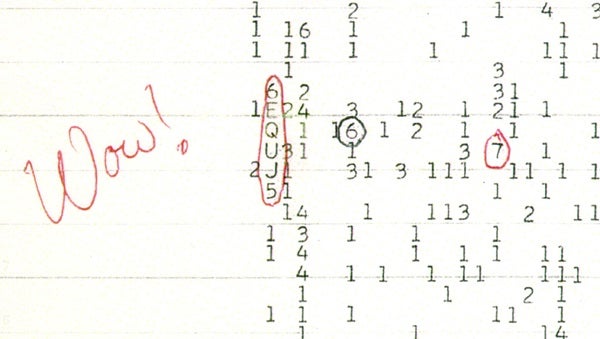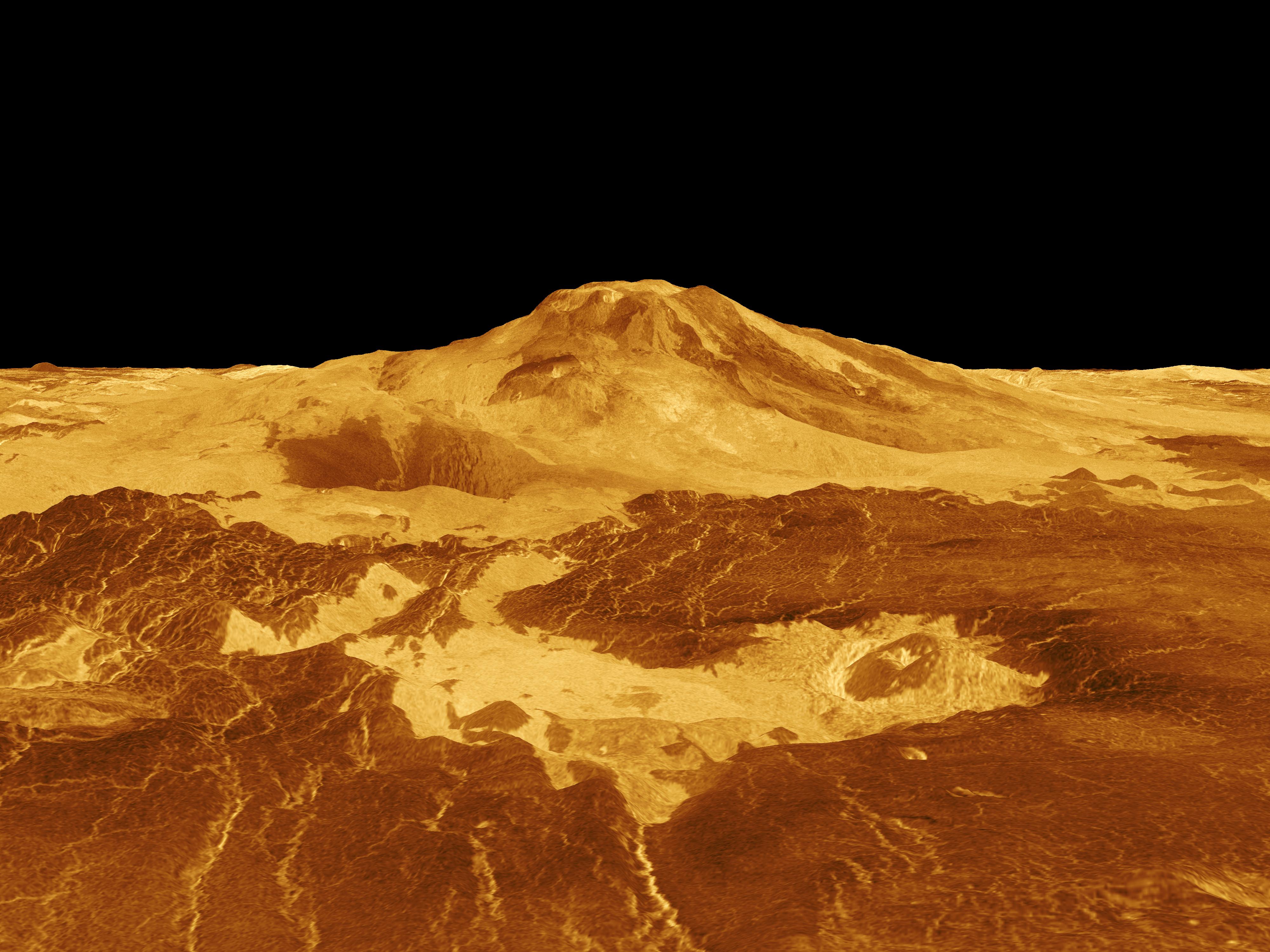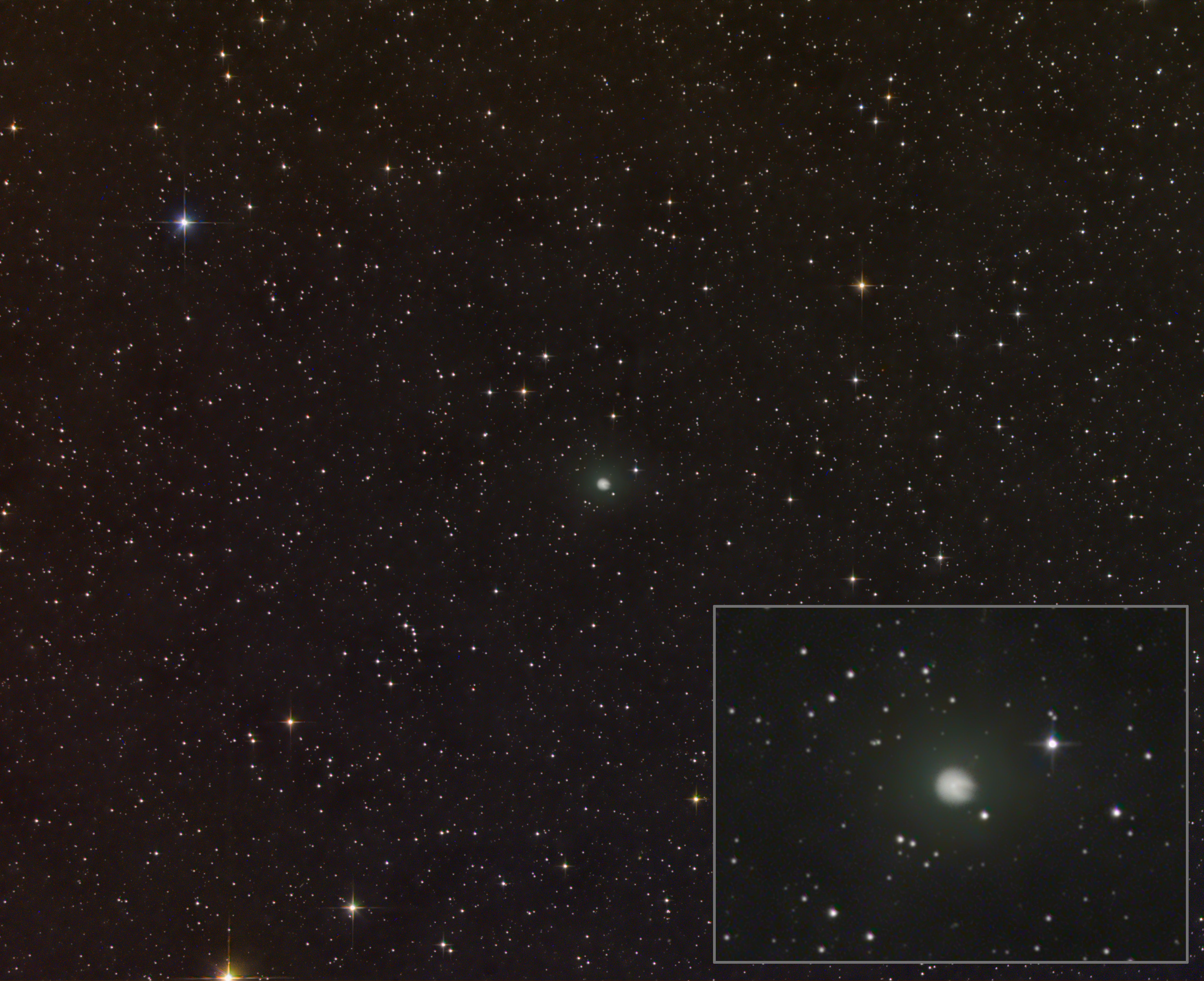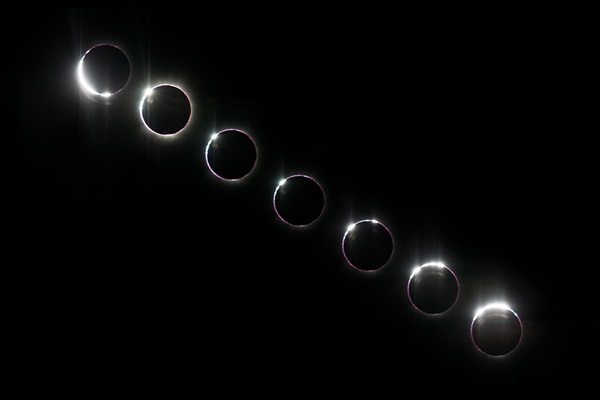For 72 seconds in 1977, the Big Ear radio telescope recorded a powerful signal streaming from the area of globular cluster M55 in Sagittarius.
To Ohio State astronomer Jerry Ehman, a SETI volunteer at the time, it seemed like the exact kind of alien message he’d been searching for. Its frequency near the hydrogen line matched a strong range that extraterrestrials might use to communicate over the vast reaches of space.
Ehman circled the signal on a printout and scrawled “Wow!”
Where’s Wow?
Despite many searches, the so-called Wow! signal was never observed again. In the intervening decades, astronomers have ruled out Earthly-origins like a passing satellite, or even nearby asteroids or planets.
The lasting unsolved mystery has provided decades of fodder for science fiction writers and late-night alien TV shows.
But an astronomer at Florida’s St. Petersburg College, Antonio Paris, came up with a potential solution earlier this year that doesn’t require aliens. At the time of the Wow! signal, two Sun-orbiting comets — 266P/Christensen and P/2008 Y2 (Gibbs) — were in the same area of sky. Paris believes these dirty snowballs and their hydrogen clouds could be prime suspects.
Another Chance
Luckily for him, Comet 266P/Christensen passes through the same region on January 25, 2017. And on January 07, 2018, comet P/2008 Y2 (Gibbs) will do the same.
Paris hopes to recreate the Wow! signal by aiming a dedicated radio telescope at the region. But his team at the Center for Planetary Science is a little short of cash. They’ve launched a GoFundMe page to help raise the needed funds to purchase and install a 5-meter radio telescope. So far, Paris raised $1,300 of his $12,000 goal.
To learn more about the science, you can read their journal article published in the Washington Academy of Sciences, or pitch in funds through the GoFundMe effort here.
This article was originally published on Discover. Read the original article.










